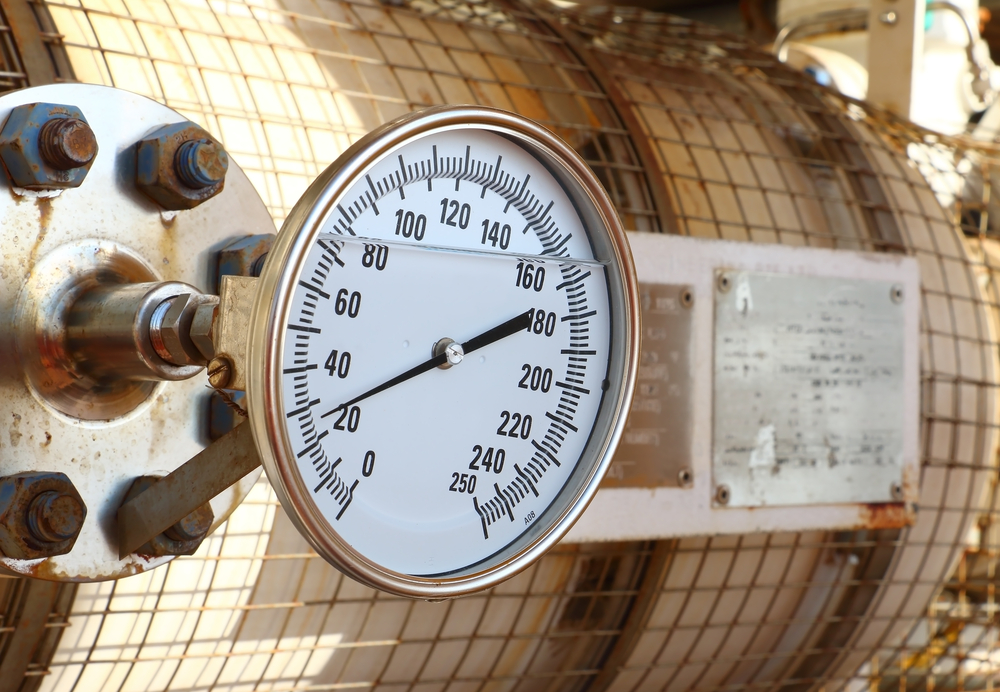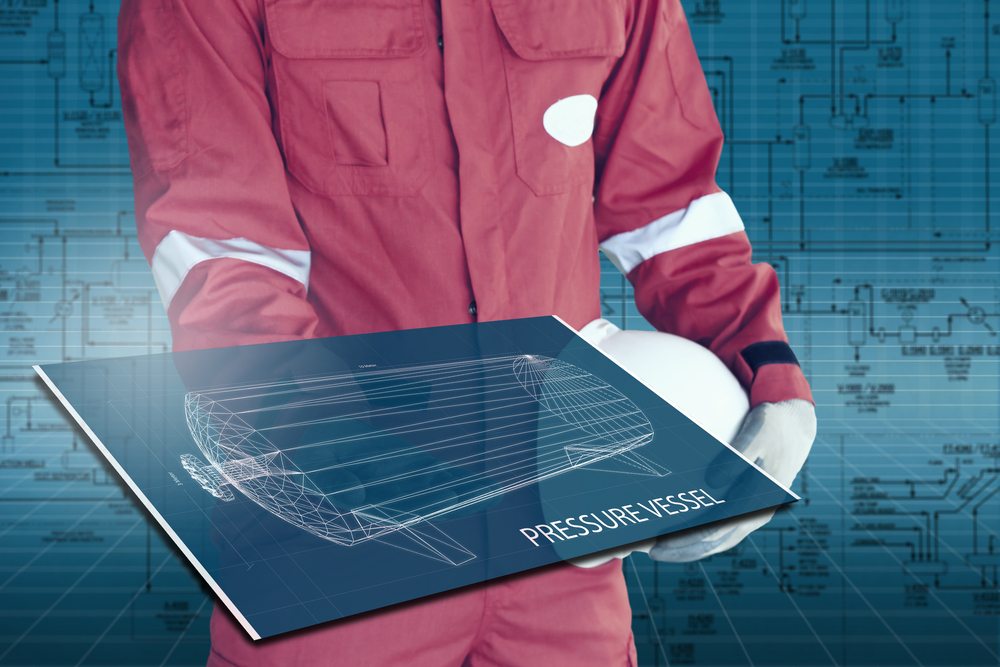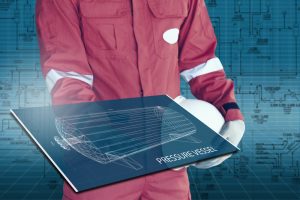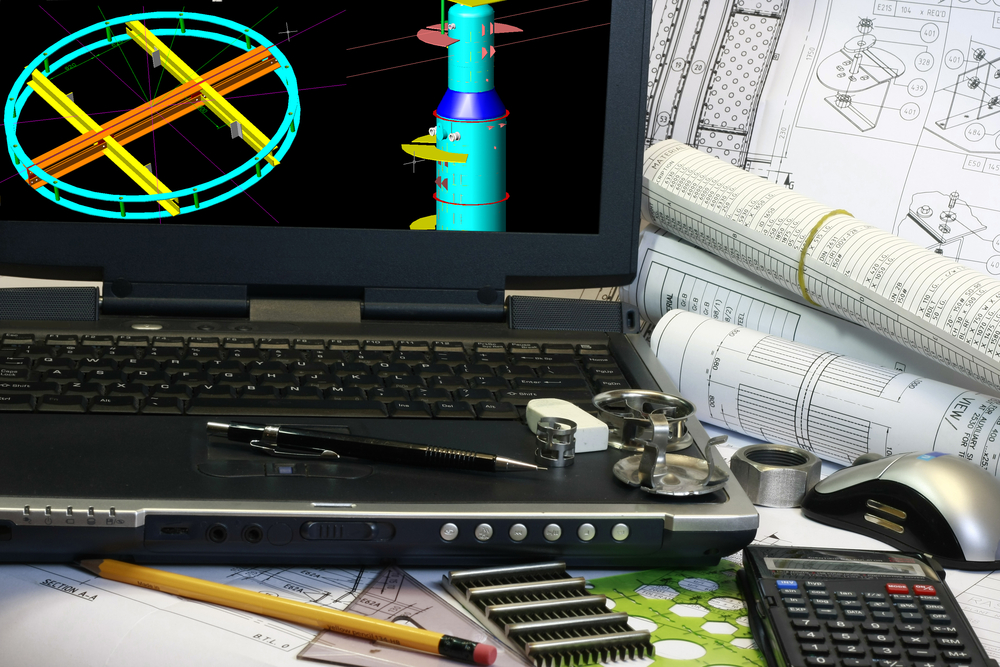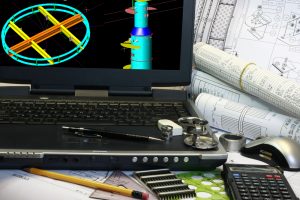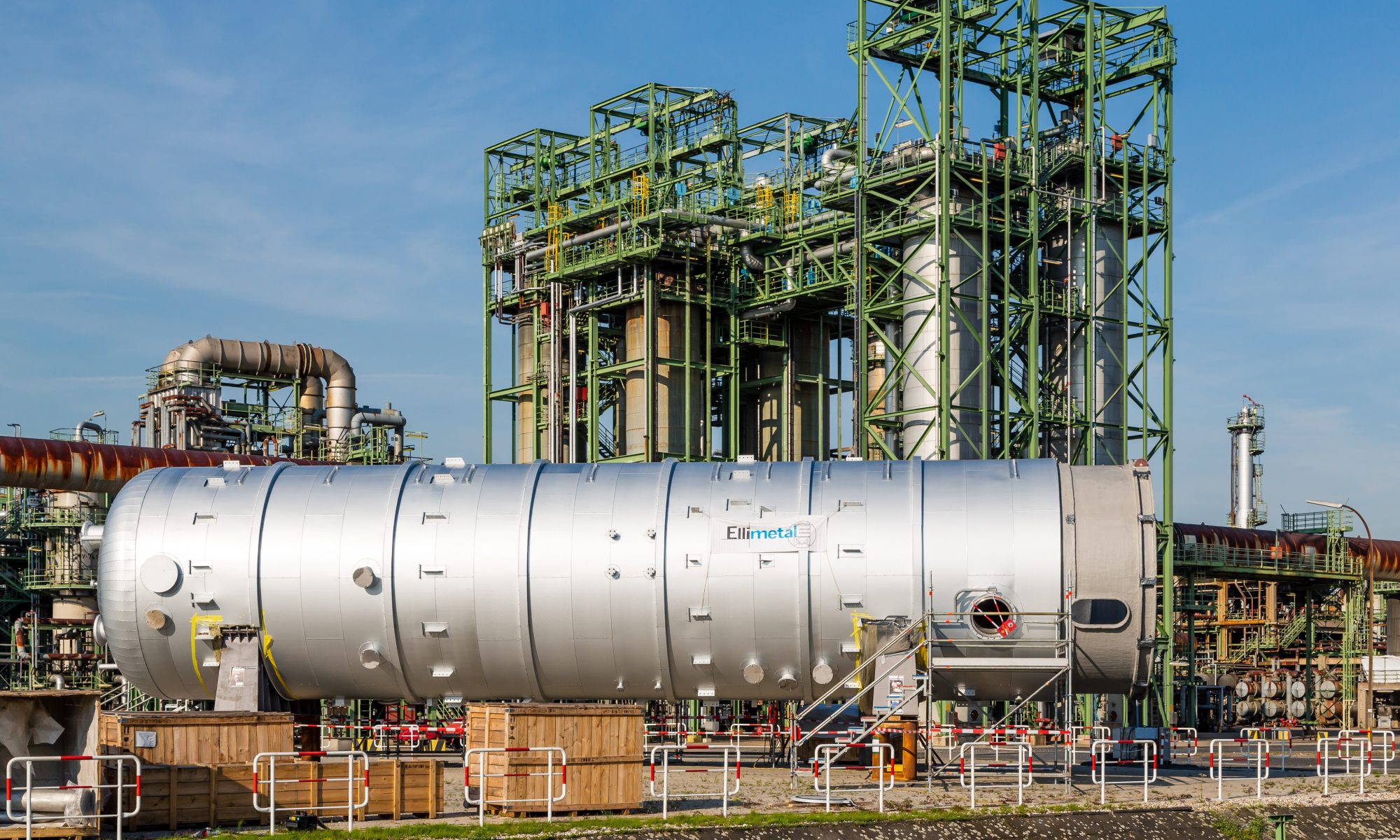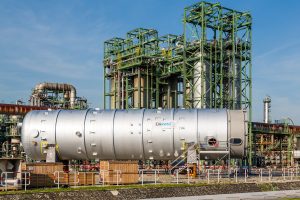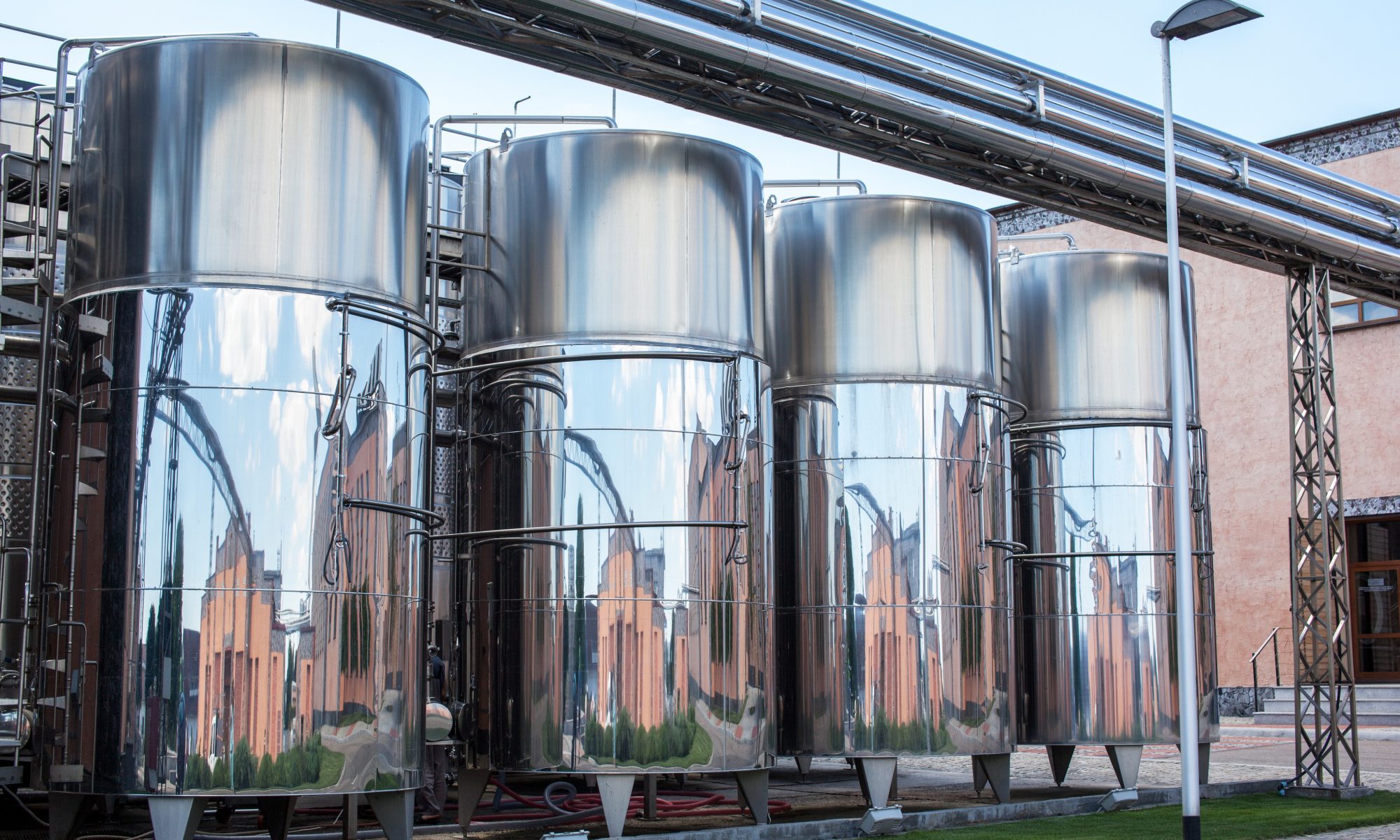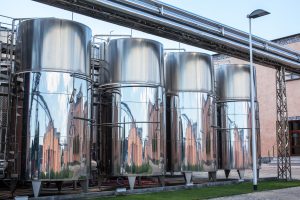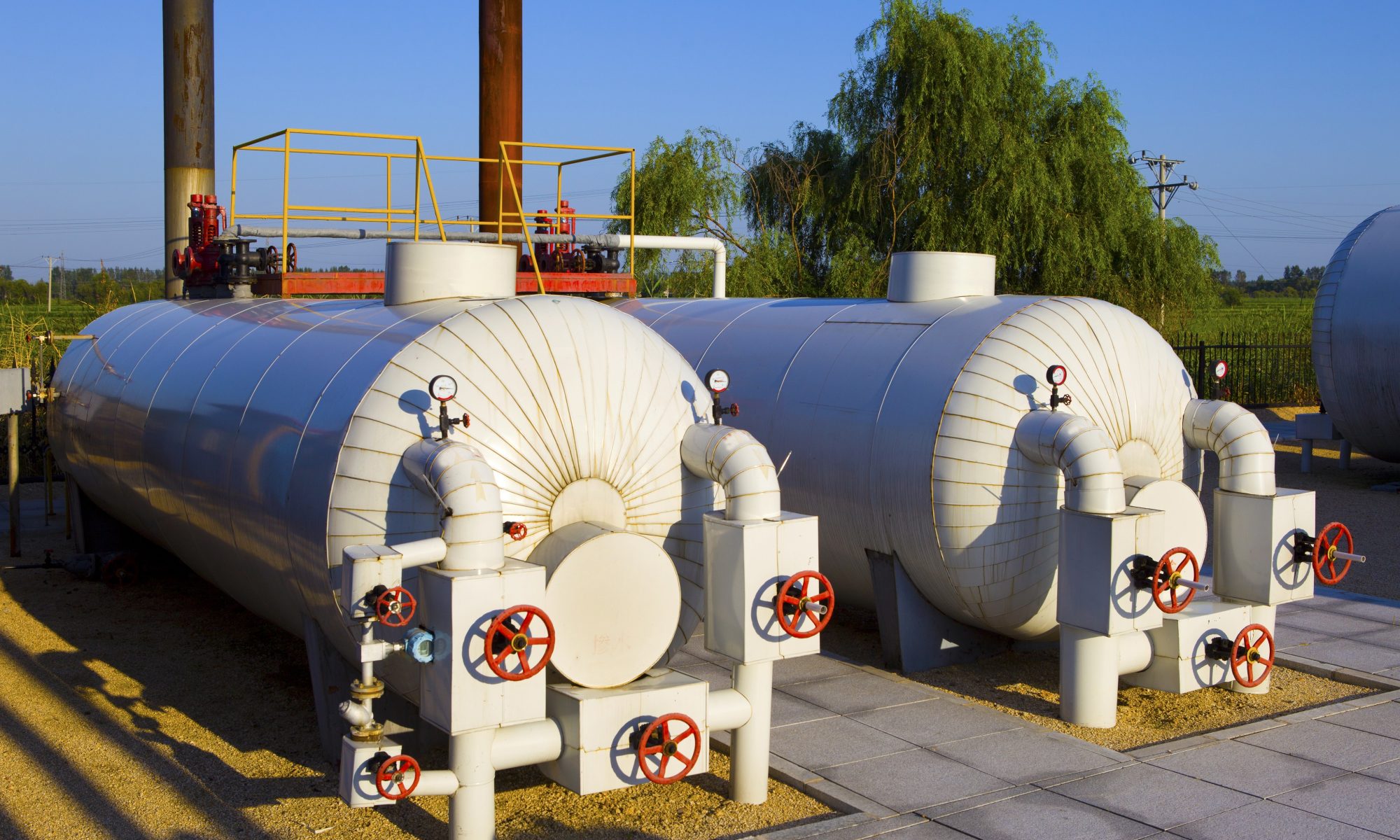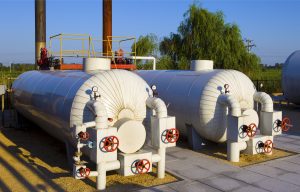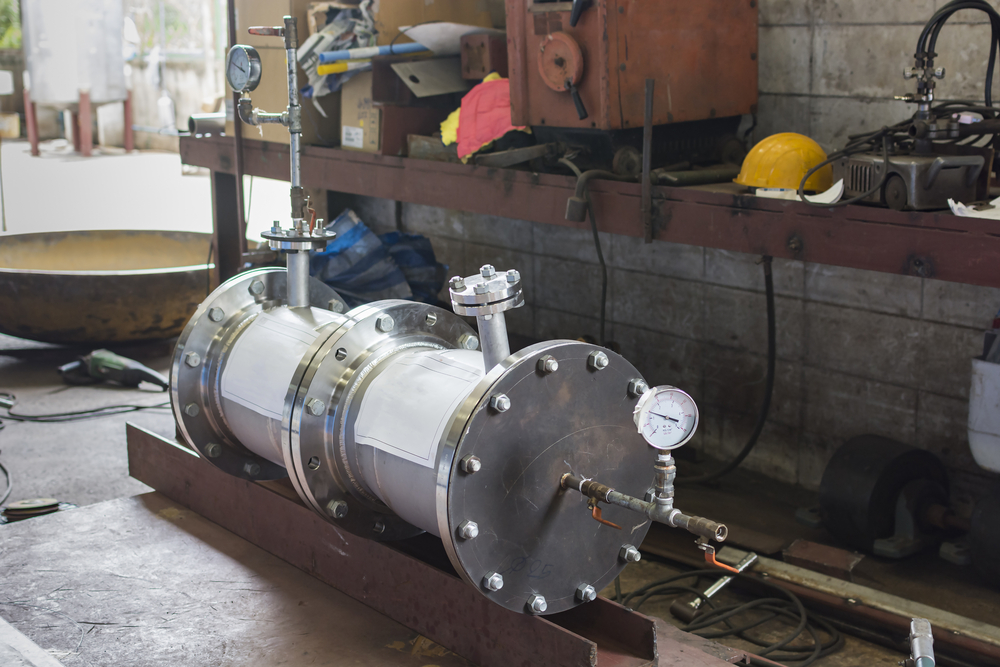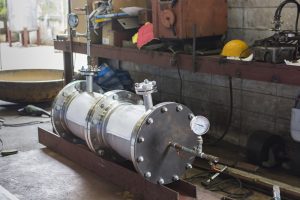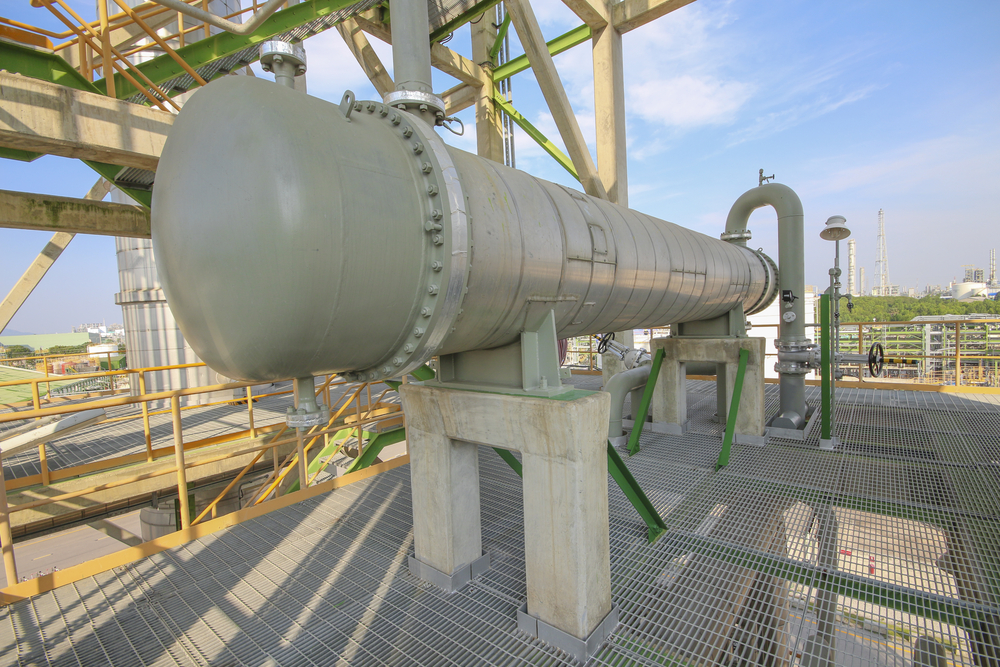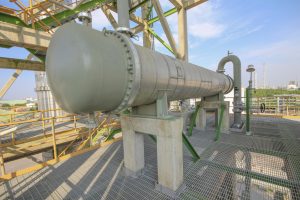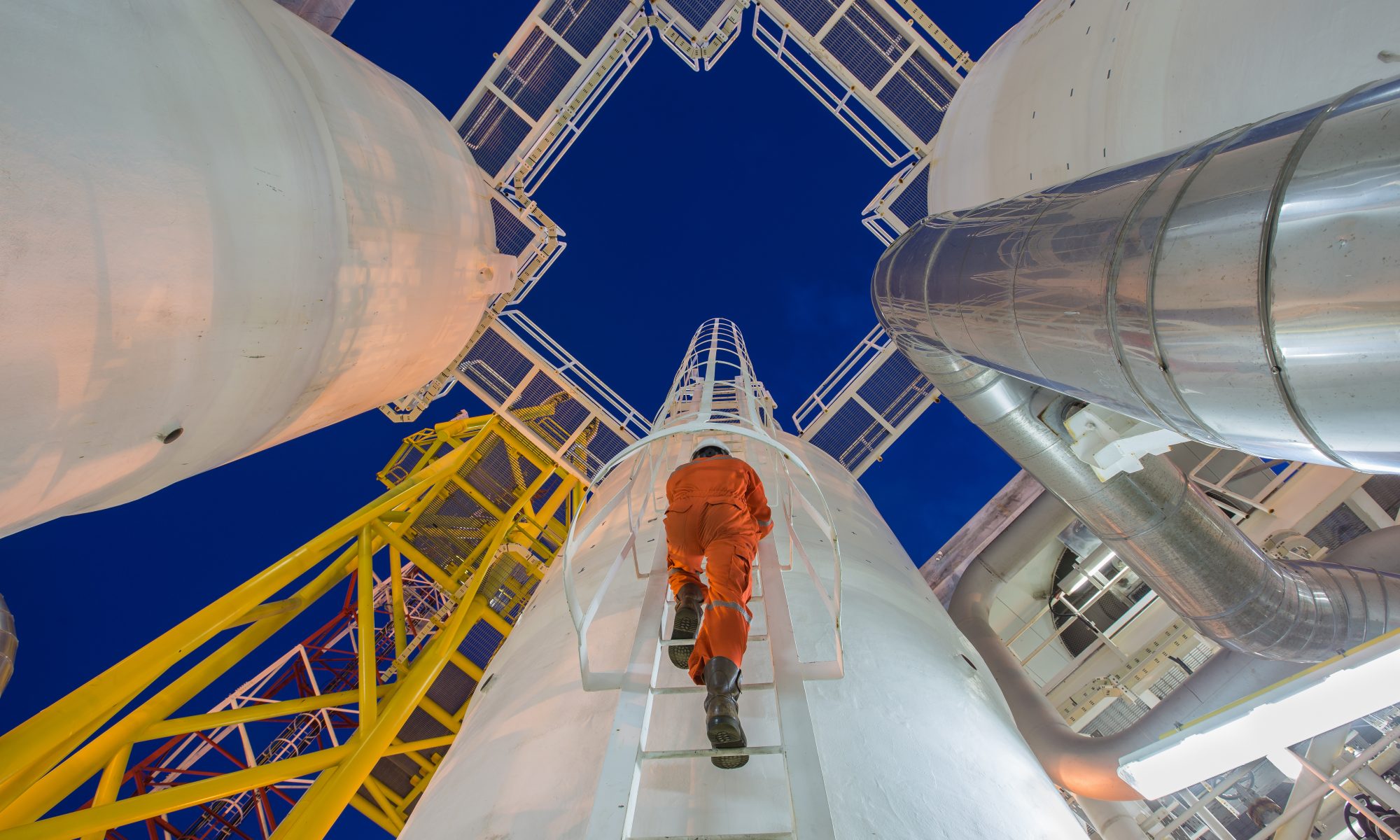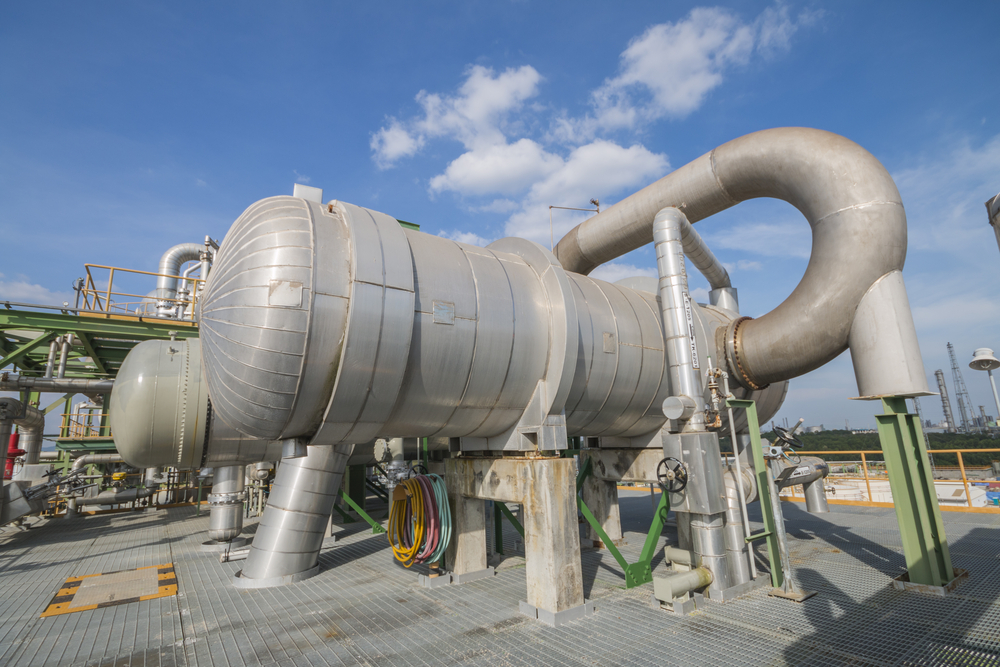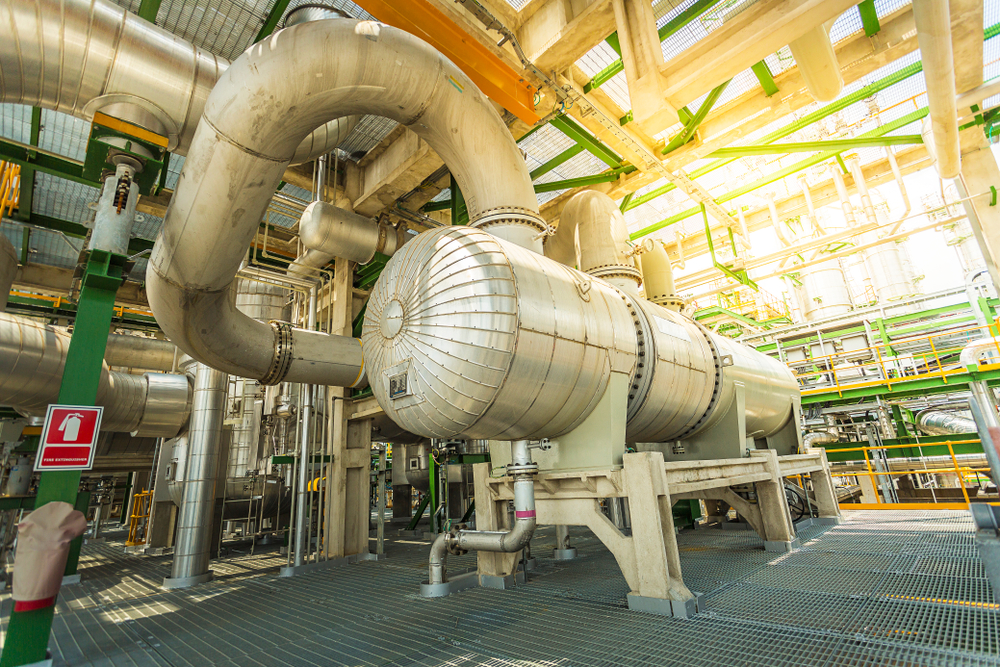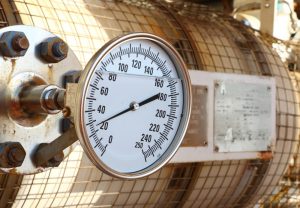
Pressure vessels are used to store fluids under various pressures. Most pressure vessels in Australia are built to Australian Standards (AS). However, this doesn’t always guarantee long-term performance. This is because pressure vessels are used to store a variety of toxic and non-toxic substances that may have a short or long-term impact.
It’s critical to understand the mandatory requirements and applicable Australian Standards (AS) to ensure that your equipment is safe to use and avoid fines associated with non-compliance with current safety regulations and legislation in Australia. The vessels must be inspected and repaired regularly to prevent any unforeseen accidents.
What Is Pressure Vessel Inspection?
Pressure vessel inspections refer to the internal, external, (or both) inspection of the vessel’s condition. The frequency of inspections is usually specified in most pressure vessel standards. Pressure vessels should be inspected at least once every five years as a general rule. Before the vessel is put to work, it must be inspected after installation.
When inspecting pressure vessels, inspectors may:
- Gather visual information on the vessel’s condition, such as the state of the joints, welds, insulation, or structural connections
- Collect thickness data to see if the vessel has any issues caused by continued use
- Perform a stress analysis to see if the vessel is still safe to use, and
- Perform a hydrostatic pressure test on the vessel’s pressure release valves to ensure they are working correctly.
Benefits Of Pressure Vessel Inspections
1). Prevent accidents
Naturally, a pressure vessel operates under extreme pressure or vacuum. As a result, it is prone to accidents and can be dangerous if it fails. As a result, a pressure vessel inspection is required to assess the condition and verify compliance with technical standards.
2). Avoid Fines
Inspections of pressure vessels can also go a long way in helping you avoid fines for failing to adhere to current safety laws and legislation in Australia.
Pressure Vessel Inspection Requirements
Expensive fines may be imposed if you fail to inspect pressure equipment to comply with applicable regulations. It is the responsibility of the pressure vessel owner to ensure that any pressure equipment in operation is “Safe to Operate” certified and registered with the appropriate regulatory authorities in your state.
As per AS3788-Pressure Equipment-In-Service Inspection, a “competent person” must regularly examine and appraise boilers and pressure vessels classified as Hazard Level A, B, or C.
Pressure equipment inspections are precisely defined in AS3788 and take place:
- During commissioning and/or recommissioning.
- During service – A periodic in-service examination is performed as dictated under AS3788 Table 4.1.
- Following repairs (pressure vessels must be hydrostatically tested after weld repairs).
- Pressure relief and safety valves are inspected and overhauled/bench-tested on a regular basis to ensure they are in safe operating condition.
How Regular Should You Inspect Pressure Vessels According To To As3788?
External and internal periodic inspection frequencies for some of the more prevalent types of pressure equipment are listed in Table 4.1 of AS3788:
- Air Receivers – 4 years for internal inspections and 2 years for external inspections
- Above ground LPG gas vessels – 2 years for external inspections and 10 years for internal inspections
- Refrigeration Vessels – 2 years and 12 years for external and internal inspection, respectively.
- Accumulators – 2 years for external inspections and 12 years for internal inspections
Annual testing and inspection of pressure relief and safety equipment are crucial and are needed for you to keep your inspection certifications valid.
Inspection of pressure equipment is required by most states’ existing safety legislation, with harsh penalties for non-compliance.
Pressure Equipment Repairs
While these may seem obvious, verify you’ve addressed these needs while altering, fixing, or modifying pressure equipment, particularly shell repairs. You should do this:
- To assure correctness, the vessel has been examined and tested to the standard.
- To confirm that you have a strict repair and testing protocol in place, including the weld operation, post-weld heat treatment, NDT (Non-Destructive Testing) and inspection of the repairs.
- To make sure that qualified welding technicians perform all weld repairs.
- To check if the vessel is hydrostatically tested in accordance with industry standards.
Record Keeping
All tests and certificates, including repair processes and repairer qualifications, must be stored and maintained in an equipment file under most current state safety legislation.
As you can see, there’s a lot to consider and manage when it comes to pressure equipment registration, maintenance, inspections, repairs, and record-keeping!
AME can assist in reducing “pressure.” We provide independent technical expertise to ensure that your assets, equipment, plants, and systems are planned, built, and operated in line with industry standards, classifications, and regulatory requirements.
Pressure Safety Valve & Pressure Relief Valve Inspection Requirements
PSVs and PRVs require an annual third-party examination by a certified person to ensure they are undamaged and functional. Instead of testing, the valves can also be replaced once a year. That is more cost-effective for some businesses.
Final Thoughts
Pressure vessel checks are critical to avoid unforeseen mishaps and fines for failing to follow current Australian safety laws and regulations. This page has outlined all of the AS pressure vessel inspection requirements that you must follow to avoid fines.
Why Register Pressure Vessel Design?
To be a Pressure Vessel owner in Australia, you need to be registered by an authorised examiner. At Sherwood Engineering, we are authorised examiners ready to serve you.
Give us a call at (02) 9437 3566 or leave an enquiry if you would like to learn more about our pressure vessel engineering design and support services.

